Related Article
-

Cats celebrate Girl’s Day by taking over traditional Japanese doll display
-
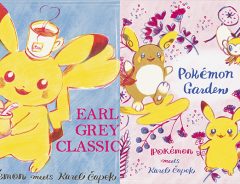
Have A Tea Party With Pikachu And Friends Thanks To Cute Karel Čapek Collaboration Tea
-
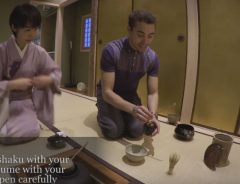
A Beginner’s Guide To Enjoying Traditional Japanese Tea Ceremony!
-
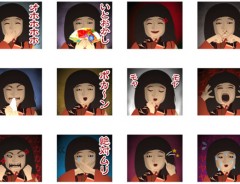
Scare The Crap Out Of Your Friends With These Japanese Doll LINE Stamps
-

Tokyo tea-specialty Starbucks offer up trio of Cassis Lemon & Earl Gray drinks
-
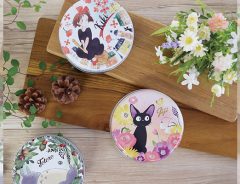
Charming Studio Ghibli Tea Collection Will Let You Sip Tea Harvested Near Totoro’s Forest And More
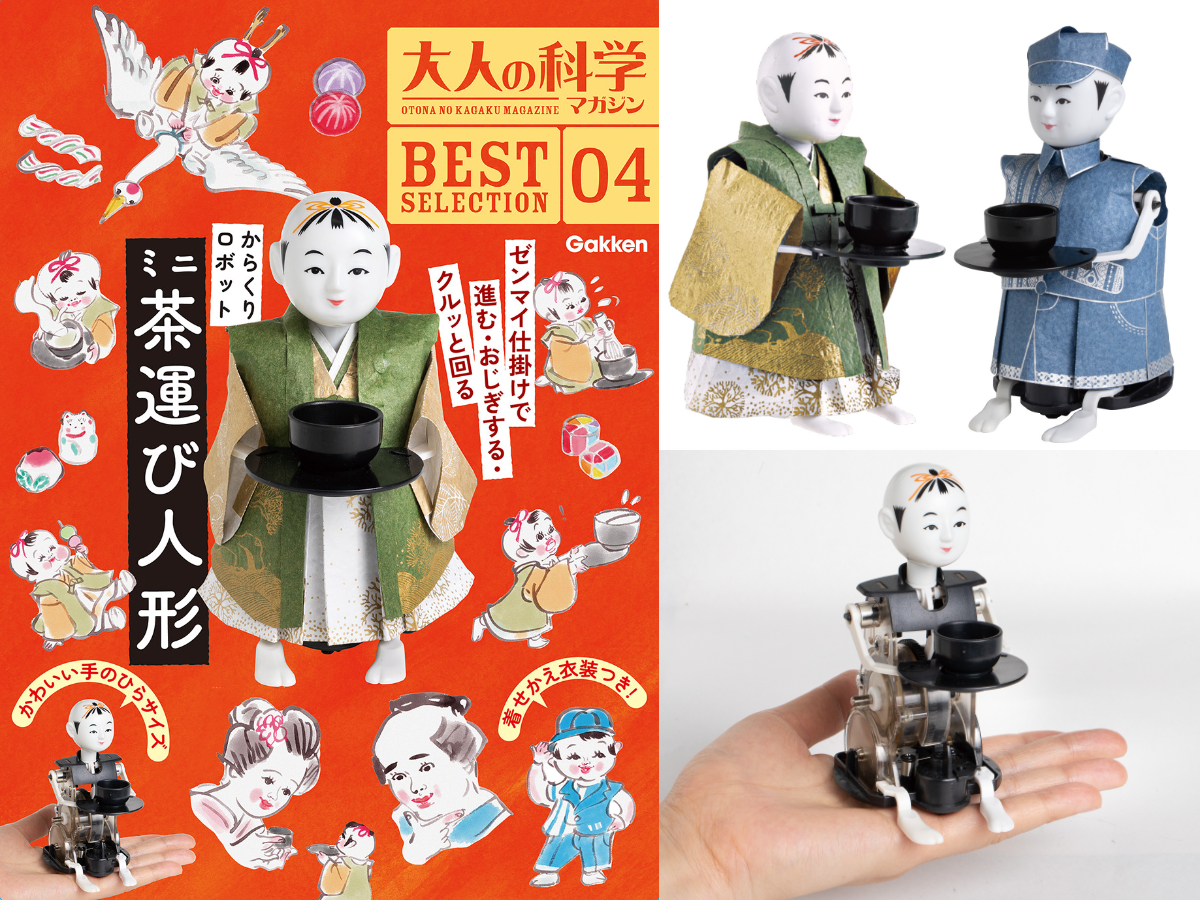


Japan is said to be a country with one foot in the future and the other in the past. These days it can be argued that other countries are ahead of Japan in terms of technological development, but in centuries gone by, the country was so advanced that they even had robots in the 17th century. Known as Karakuri Ningyō, these robots were designed to provide various forms of entertainment to guests.
Though the dolls hit an all-time high in production and use during the 17th century, the earliest known record of an automated apparatus is mentioned in the Nihon Shoki roughly a thousand years earlier, during the reign of Empress Kōgyoku.
Though not multi-disciplinary like modern day cutting-edge AI robots like Pepper orLOVOT, the star robot of the Edo era – Zashiki Karakuri – had only one purpose; to serve tea to aristocrats.
Existing examples of Zashiki Karakuri show how the doll would move forward in a straight line when a cup of tea is placed on its ‘hands’. At a predetermined distance the doll would stop moving and bow it’s head as the guest removed the cup of tea. The doll would wait in this position until the tea cup was replaced, at which point it would raise its head, turn around and return to its master.
With the advances of technology overshadowing Zashiki Karakuri and the like, the number in existence today is often limited to ancestral homes or cultural museums. But with this revised kit from Gakken Holdings’s Otona no Kagaku Magazine (Adult Science Magazine), individuals can assemble their very own miniature tea-serving doll.
At only 13cm in size, this miniature replica fits perfectly in the palm of its master’s hand. Just like the original 17th century version, the Zashiki Karakuri is programmed to move forward, bow, stop and return. Using the same clockwork as that in the original, the miniature Zashiki Karakuri requires no batteries to function.
Easy-to-follow assembly instructions are included with the doll, so that even those who are not accustomed to building models can complete the main body in around 30 minutes.
The set also includes two types of clothing for the dolls made entirely of paper; one a Japanese kimono ‘wafuku’ and the other a western-style uniform ‘yofuku’. You can choose to dress up the doll in whichever style you prefer, and change the clothing depending on the day.
The miniature doll is actually a revised version of the ‘Otona no Kagaku Magazine Mini Tea Carrying Doll’ which was released back in 2007 without the paper clothing.
This time, the doll is available alongside the magazine for 3,278 yen. It can be purchased viaAmazon,Rakuten or Seven Net.